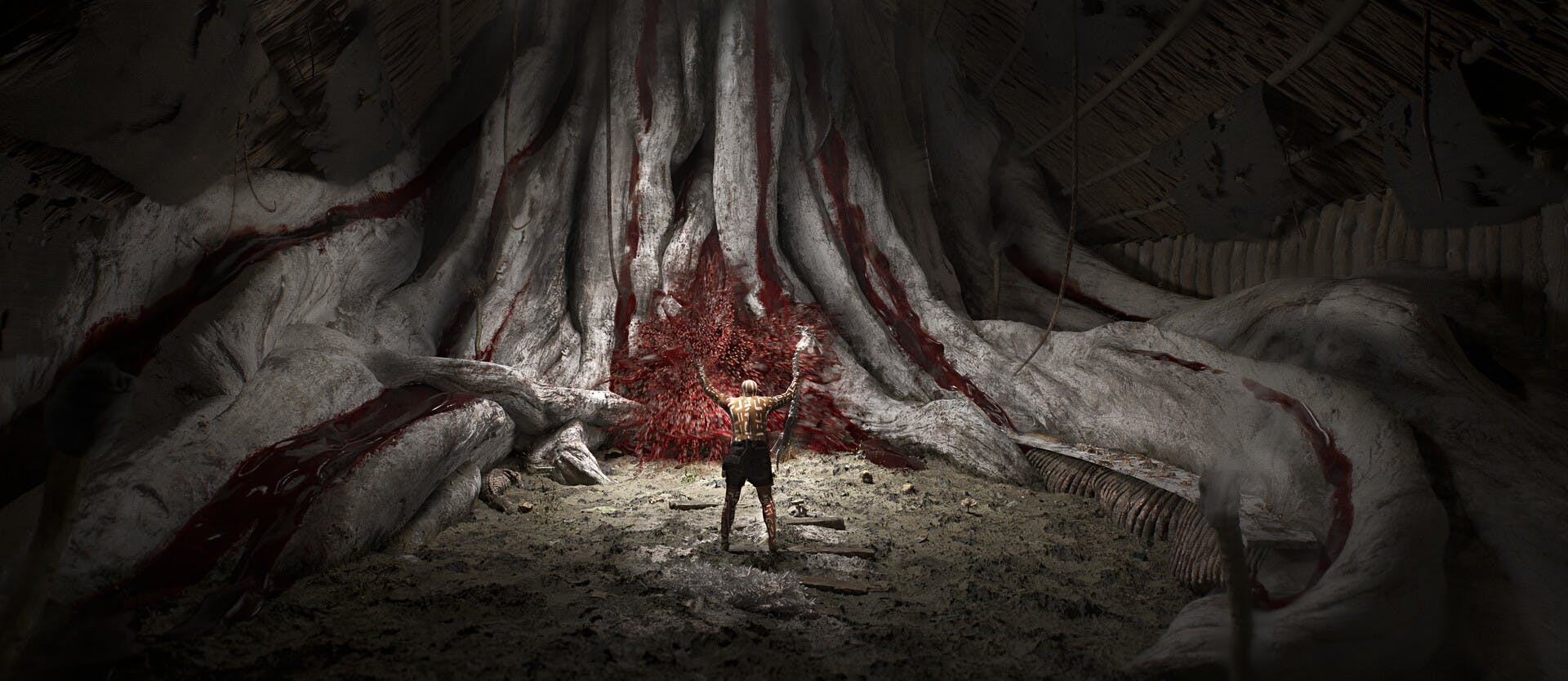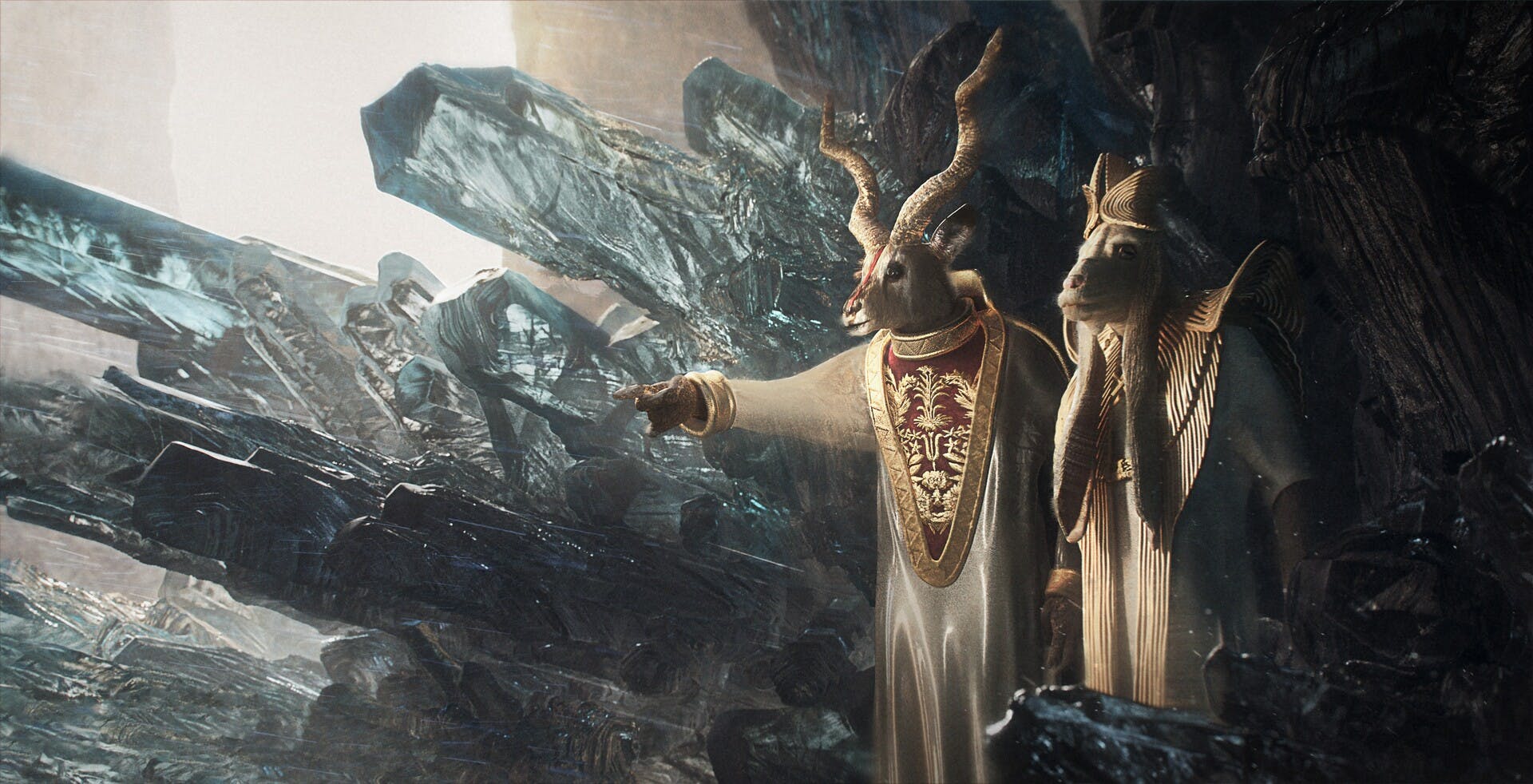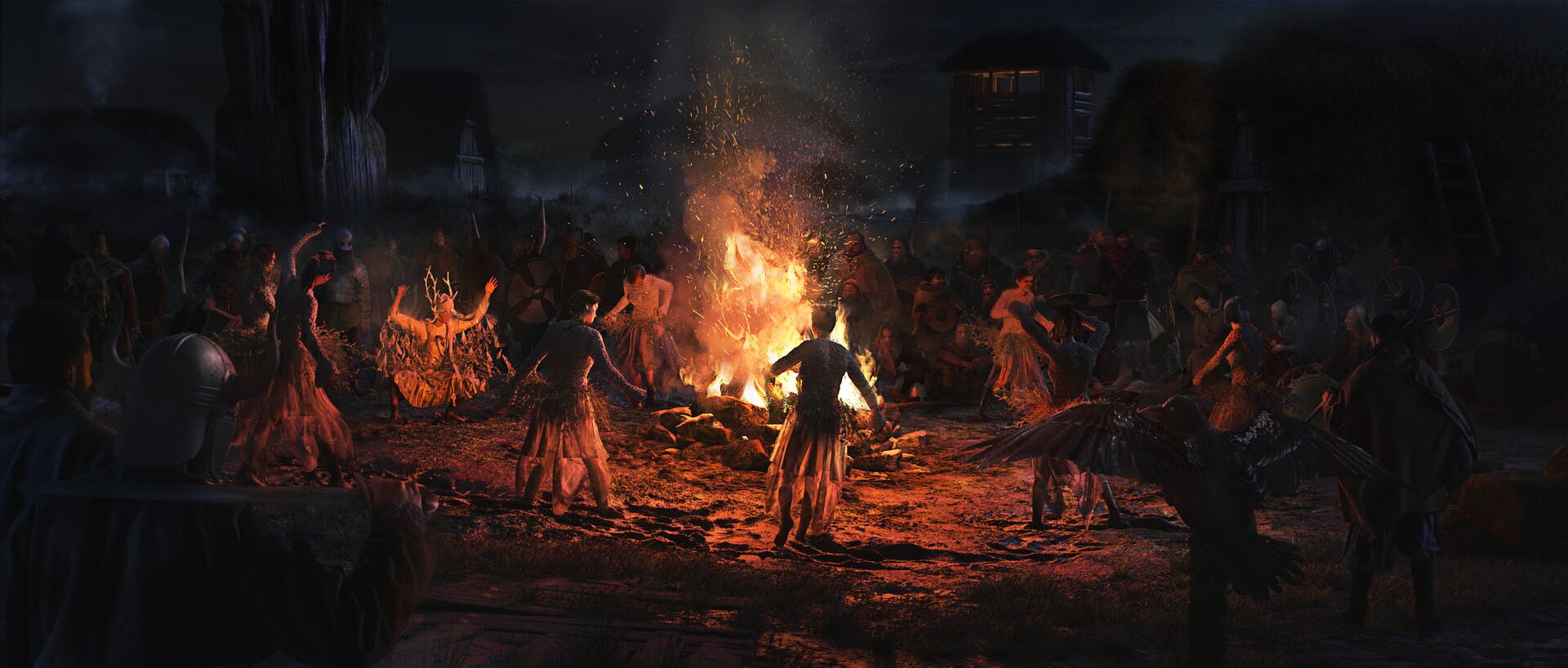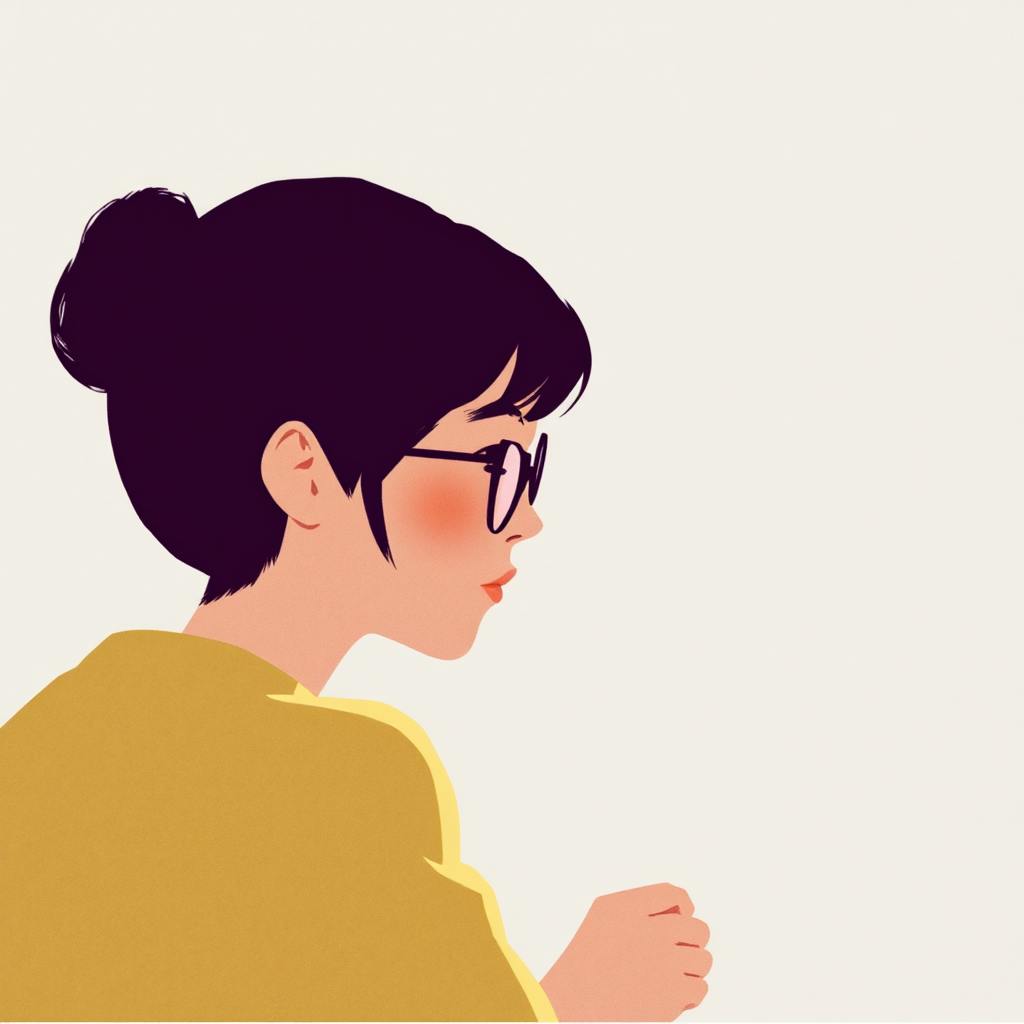The mastery of parallel editing in film has become increasingly crucial in modern cinema's storytelling arsenal. As audiences grow more sophisticated, understanding parallel editing in film and its applications can make the difference between a good movie and a masterpiece. But what is parallel editing, exactly? At its essence, it's the art of interweaving multiple narrative threads that unfold simultaneously across different locations, creating a tapestry of interconnected moments that enhance the viewer's emotional engagement.
The Evolution of Parallel Editing in Film History
When we examine how parallel editing in film developed, we discover a technique that dates back to cinema's earliest days. From D.W. Griffith's groundbreaking work in the silent era to Christopher Nolan's temporal gymnastics in modern blockbusters, parallel cutting has evolved from a simple storytelling device into a sophisticated tool for crafting complex narratives.
"Parallel editing in film isn't just about showing two things happening at once," explains acclaimed editor Thelma Schoonmaker, Martin Scorsese's longtime collaborator. "It's about creating rhythm, building tension, and revealing deeper thematic connections between seemingly disparate elements of your story."
Mastering the Technique: A Deep Dive into Parallel Editing in Film
Understanding how parallel editing works requires examining its core components:
1. Temporal Alignment in Parallel Editing
- Simultaneous Action: Parallel editing showcases events occurring concurrently in different locations, enhancing the narrative's breadth. This technique can create a sense of urgency and interconnectedness, drawing viewers into the story's complex web.
- Rhythmic Cutting: The timing of transitions is critical in maintaining narrative momentum. Rhythmic cutting ensures that the pace of the film aligns with the emotional journey of its characters, keeping the audience engaged throughout.
- Emotional Synchronicity: By matching the emotional beats across different storylines, parallel editing can amplify the viewer's emotional response. This synchronicity allows for a deeper connection to the characters and themes.

Artwork by Nenad Nacevic
2. Technical Execution
While parallel editing in film relies primarily on intercutting between scenes, it's important to understand how it differs from other techniques. For instance, how does a split screen differ from parallel editing? While both techniques can show simultaneous action, split screens present multiple frames within a single shot, creating immediate visual comparison. Parallel editing, by contrast, uses sequential cuts to build tension and create thematic connections over time.
Notable Examples of Parallel Editing in Film
The history of cinema is replete with examples of filmmakers who have harnessed the power of parallel editing to craft unforgettable narratives. Let's examine some iconic instances where this technique has been masterfully employed:
The Godfather (1972)
Francis Ford Coppola's epic crime drama is a quintessential example of parallel editing in action. The baptism sequence in "The Godfather" is a masterclass in juxtaposition. As Michael Corleone stands in a church, serving as his godson's baptismal sponsor, the film intercuts with a series of brutal assassinations he has orchestrated. This stark contrast between the sacred ceremony and the violence underscores the moral duality at the heart of the film's narrative.
Inception (2010)
Christopher Nolan's mind-bending thriller "Inception" pushes the boundaries of parallel editing to new heights. The film simultaneously follows action across four different dream levels, each operating at a distinct time scale. This complex web of interconnected events culminates in a breathtaking climax, leaving viewers in awe of the film's narrative intricacy.
Dunkirk (2017)
Nolan returns to parallel editing in "Dunkirk," employing three distinct timelines—one week on land, one day at sea, and one hour in the air—that converge in the film's final act. This narrative structure creates a unique temporal experience that mirrors the chaos and urgency of the historical evacuation, immersing the audience in the harrowing events of World War II.
Advanced Techniques in Modern Parallel Film Editing
Modern filmmakers have expanded the parallel editing toolkit with innovative approaches:
Matching Cuts
- Visual matches between scenes (e.g., a door closing in one location transitioning to another opening elsewhere)
- Thematic matches that connect different storylines through similar actions or images
- Sound bridges that smooth transitions between parallel narratives
Temporal Manipulation
- Varying the pacing between parallel sequences
- Using slow motion or speed ramping to create contrast
- Employing jump cuts to heighten tension
Cross-Dissolves and Transitions
- Subtle blending of parallel scenes
- Creative use of split-screens for emotional effect
- Digital transitions that create unique visual connections

Artwork by Nenad Nacevic
Impact of Parallel Editing on Film Storytelling
The power of parallel editing in film lies in its ability to:
- Create suspense through anticipation
- Reveal character through juxtaposition
- Build thematic depth through visual metaphor
- Enhance emotional impact through contrast
- Compress time while maintaining clarity
The Future of Parallel Editing in Film
As technology evolves and audience sophistication grows, parallel editing continues to adapt. Virtual reality and interactive storytelling present new opportunities for parallel narratives, while streaming platforms allow for increasingly complex storytelling structures that rely heavily on this technique. The future of parallel editing in film looks bright as new technologies enable even more creative applications of this powerful technique.
Whether you're an aspiring filmmaker or a seasoned professional, understanding and mastering parallel editing can elevate your storytelling to new heights. The integration of this technique into your creative toolkit can transform your narratives, making them more engaging and impactful for audiences worldwide.
Conclusion
Parallel editing remains one of cinema's most powerful tools for creating meaning through montage. Whether used to build suspense, reveal character, or explore thematic connections, it continues to evolve with each new generation of filmmakers. As we look to the future of storytelling, this technique will undoubtedly play a crucial role in shaping how we experience narrative in motion pictures.

